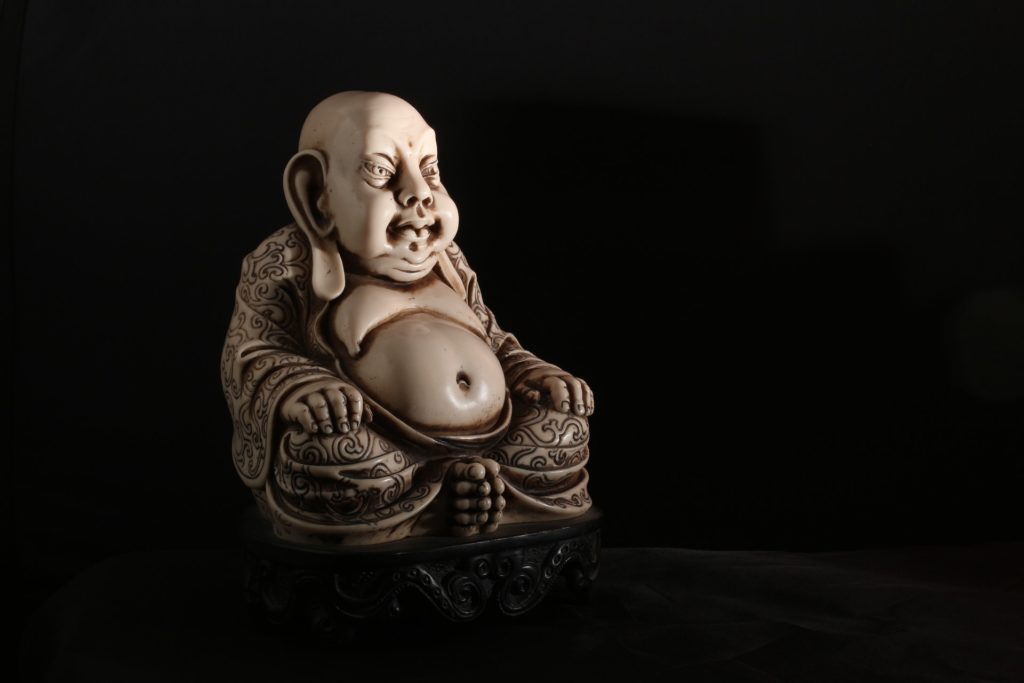
A number of modern movements in Buddhism emerged during the second half of the 20th century. These new forms of Buddhism are diverse and significantly depart from traditional beliefs and practices.
In India, B.R. Ambedkar launched the Navayana tradition – literally, “new vehicle”. Ambedkar’s Buddhism rejects the foundational doctrines and historic practices of traditional Theravada and Mahayana traditions, such as monk lifestyle after renunciation, karma, rebirth, samsara, meditation, nirvana, Four Noble Truths, and others. Ambedkar’s Navayana Buddhism considers these as superstitions and re-interprets the original Buddha as someone who taught about class struggle and social equality. Ambedkar urged low caste Indian Dalits to convert to his Marxism-inspired reinterpretation called the Navayana Buddhism, also known as Bhimayana Buddhism. Ambedkar’s effort led to the expansion of Navayana Buddhism in India.

The Thai King Mongkut (r. 1851–68), and his son King Chulalongkorn (r. 1868–1910) were responsible for modern reforms of Thai Buddhism. Modern Buddhist movements include Secular Buddhism in many countries, Won Buddhism in Korea, the Dhammakaya movement in Thailand and several Japanese organizations, such as Shinnyo-en, Risshō Kōsei Kai or Soka Gakkai.
Some of these movements have brought internal disputes and strife within regional Buddhist communities. For example, the Dhammakaya movement in Thailand teaches a “true self” doctrine, which traditional Theravada monks consider as heretically denying the fundamental anatta (not-self) doctrine of Buddhism.
